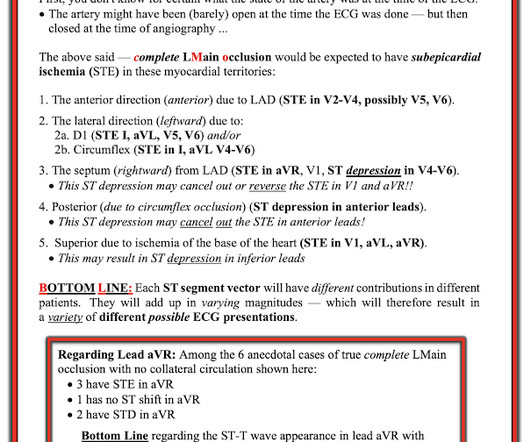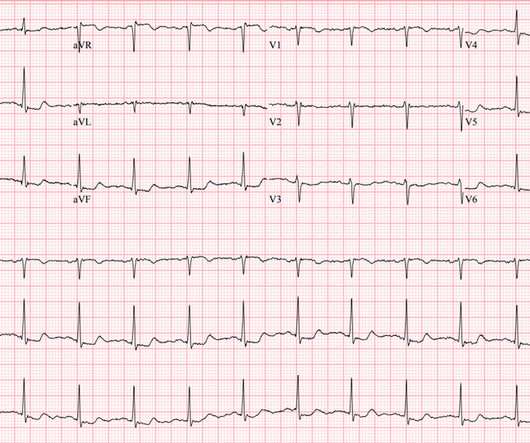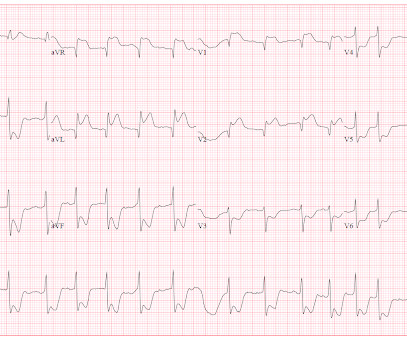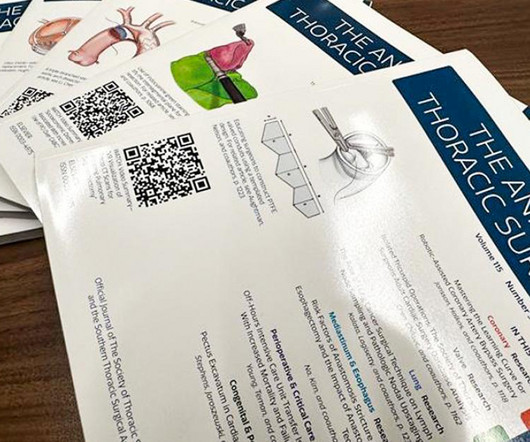Ep 164 Cardiogenic Shock Simplified
ECG Cases
JANUARY 4, 2022
What is the preferred order of vasopressors and ionotropes in the management of cardiogenic shock? How can we best pick up occult cardiogenic shock before it floured shock kicks in? The post Ep 164 Cardiogenic Shock Simplified appeared first on Emergency Medicine Cases.

















Let's personalize your content